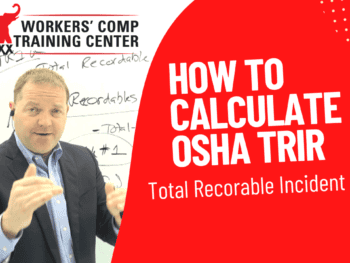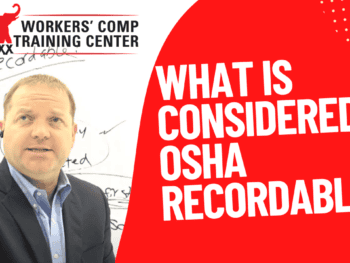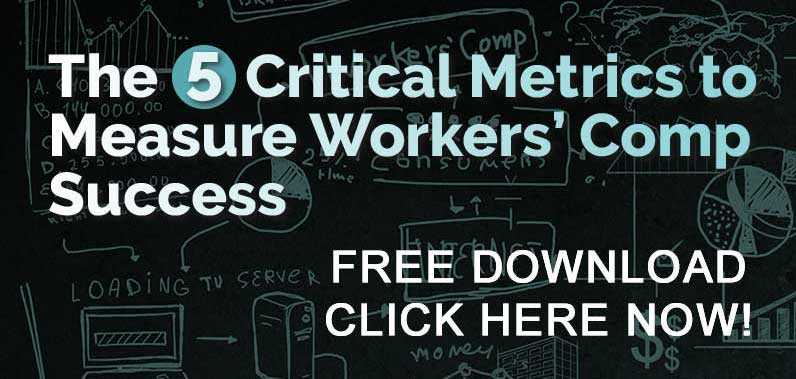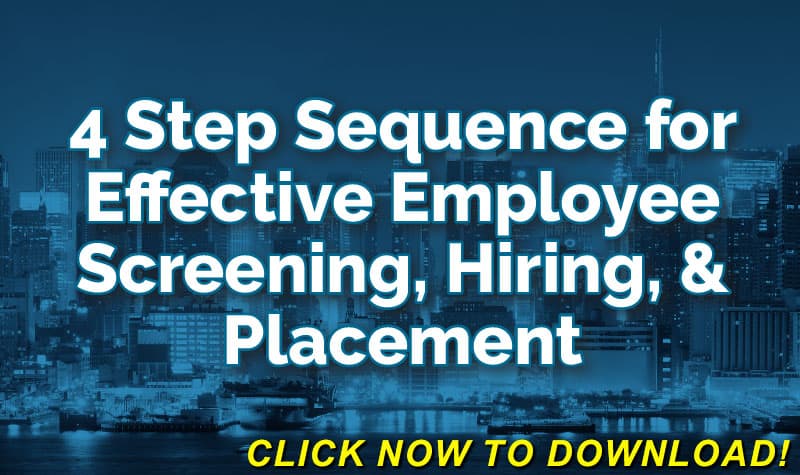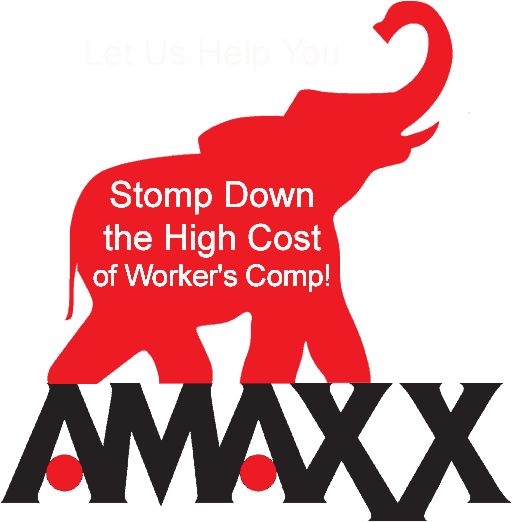Workers Comp: Ripe For Cost-Cutting – Two Places To Check
Despite devotion to corporate cost cutting, there is one expense that still gets very little attention: workers compensation.
And the cost is very high.
According to the 2010 RIMS Benchmark Survey, the average Cost Per Full-time Equivalent Employee for all industries combined is $701 Cost Per FTE for workers compensation. The Cost Per Employee is normally lower for companies with greater than 1 Billion in revenue and higher for companies with less than 1Billion in revenue. The 2010 RIMS Benchmark Survey contains tons of useful information. It’s definitely an excellent resource — either online or in print and companies that contribute their data get a huge discount, so that’s something to consider. The 2011 RIMS Benchmark Survey should be published soon. I get the print version, and keep it handy, on my desk, from the past 8 years.
Both the 2009 and 2010 RIMS Benchmark Surveys contain workers compensation best practices, indicating which best practices employers have implemented. This is excellent information to compare your company’s performance and build management committment for programs such as transtitional duty, employee communication, cost allocation, post injury response procedures and many more operational best practices. It’s well worth spending some time reviewing this information to see what your company can do better. For example, the RTW Ratio is closely tied to the mod and how much a company pays for their workers compensation, a fact that we have been waiting years to learn.
Many signs point to larger workers compensation tabs in the future. A good cost reduction goal for companies is half national average or half industry average.
As with other outlays, employers can trim with some thought and effort.
Costs need not be this high. Insurers, unions, workers, lawyers and doctors are all contributing to the current waste and the employers who finance workers compensation must bear much of the fault, too.
Why is this?
Employers are unwittingly encouraging employees to remain on workers compensation much longer than necessary.
When executives at a large publishing company were pondering their burgeoning workers compensation costs last year for example, they found a fairly convincing explanation.
Their employees who were getting such compensation were effectively receiving 10% of their salaries.
This company is not alone.
Here are some of the main reasons why workers compensation is often needlessly expensive:
Double Dipping
Like many other employers, a national construction company had a group disability insurance policy. Thus, one employee was receiving workers compensation following back surgery and, after 26 weeks, began receiving disability payments too.
Combined with some personal insurance policies, this double income meant the worker’s at-home pay exceeded his at-work pay. Naturally, in 1993, when the company offered him a job with light duties but at his full salary during his recuperation, he turned it down
The lesson: Eliminate double dipping. While workers personal insurance is their own, employers should deduct workers compensation from other duplicative company payments. To do otherwise encourages malingering.
Idle Income
In Massachusetts and a few other states, employees on workers compensation can qualify for unemployment benefits under certain circumstances.(WCxKit)
To prevent this outrageous form of double dipping, companies should offer all injured workers transitional jobs they can perform even with their physical restrictions. Under the eligibility rules, workers who refuse such offers will not be deemed unemployed.
Double Dipping and Idle Income are two ways your out-of-work employees may be milking the system. Find out more #WorkersComp.
Author Rebecca Shafer, JD, President of Amaxx Risks Solutions, Inc. is a national expert in the field of workers compensation. She is a writer, speaker and website publisher. Her expertise is working with employers to reduce workers compensation costs, and her clients include airlines, healthcare, printing/publishing, pharmaceuticals, retail, hospitality and manufacturing. See www.LowerWC.com for more information. Contact: RShafer@ReduceYourWorkersComp.com.
WC IQ TEST: http://www.workerscompkit.com/intro/
WORK COMP CALCULATOR: http://www.LowerWC.com/calculator.php
MODIFIED DUTY CALCULATOR: http://www.LowerWC.com/transitional-duty-cost-calculator.php
WC GROUP: http://www.linkedin.com/groups?homeNewMember=&gid=1922050/
SUBSCRIBE: Workers Comp Resource Center Newsletter
Do not use this information without independent verification. All state laws vary. You should consult with your insurance broker or agent about workers comp issues.
©2010 Amaxx Risk Solutions, Inc. All rights reserved under International Copyright Law. If you would like permission to reprint this material, contact Info@ReduceYourWorkersComp.com



